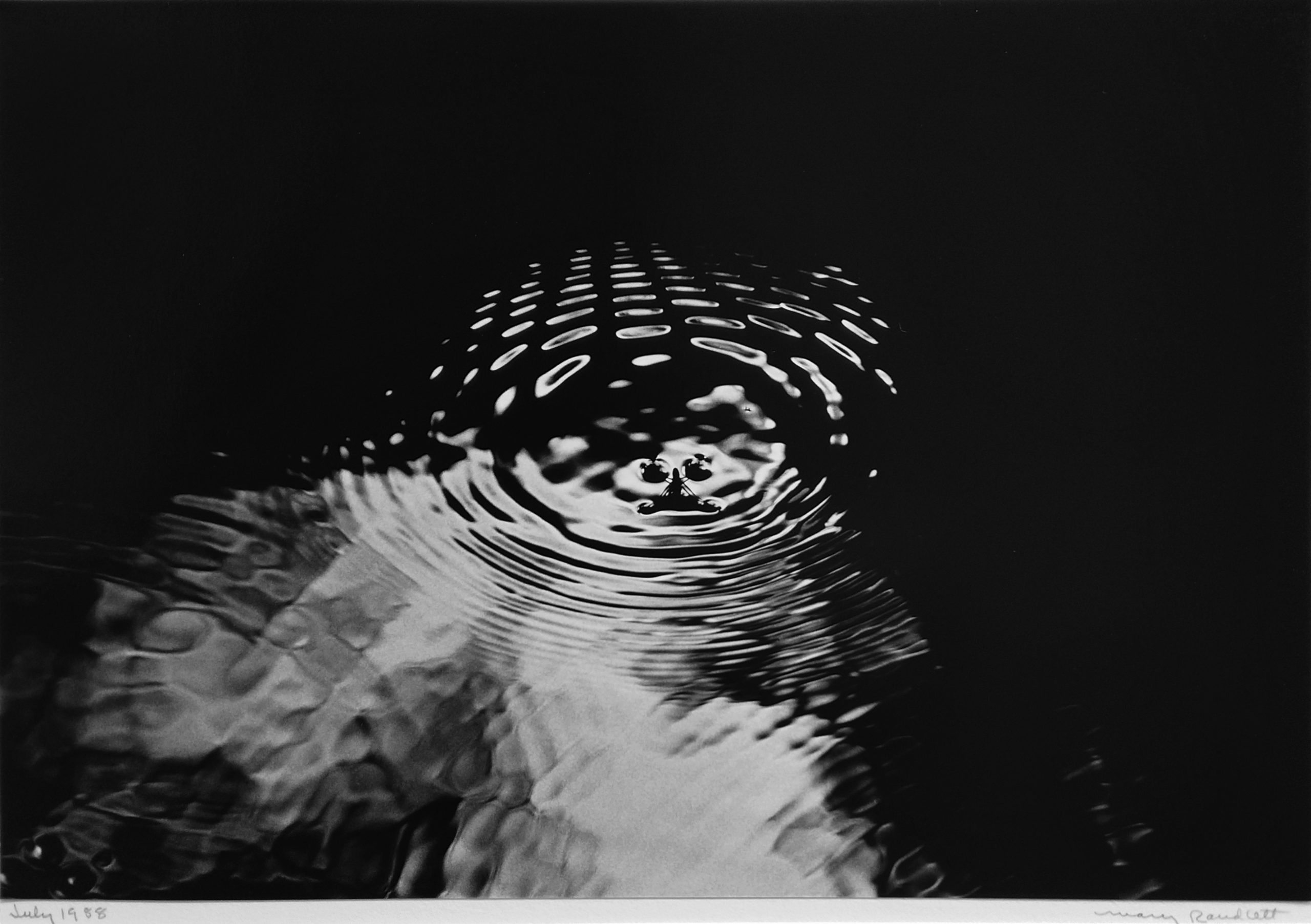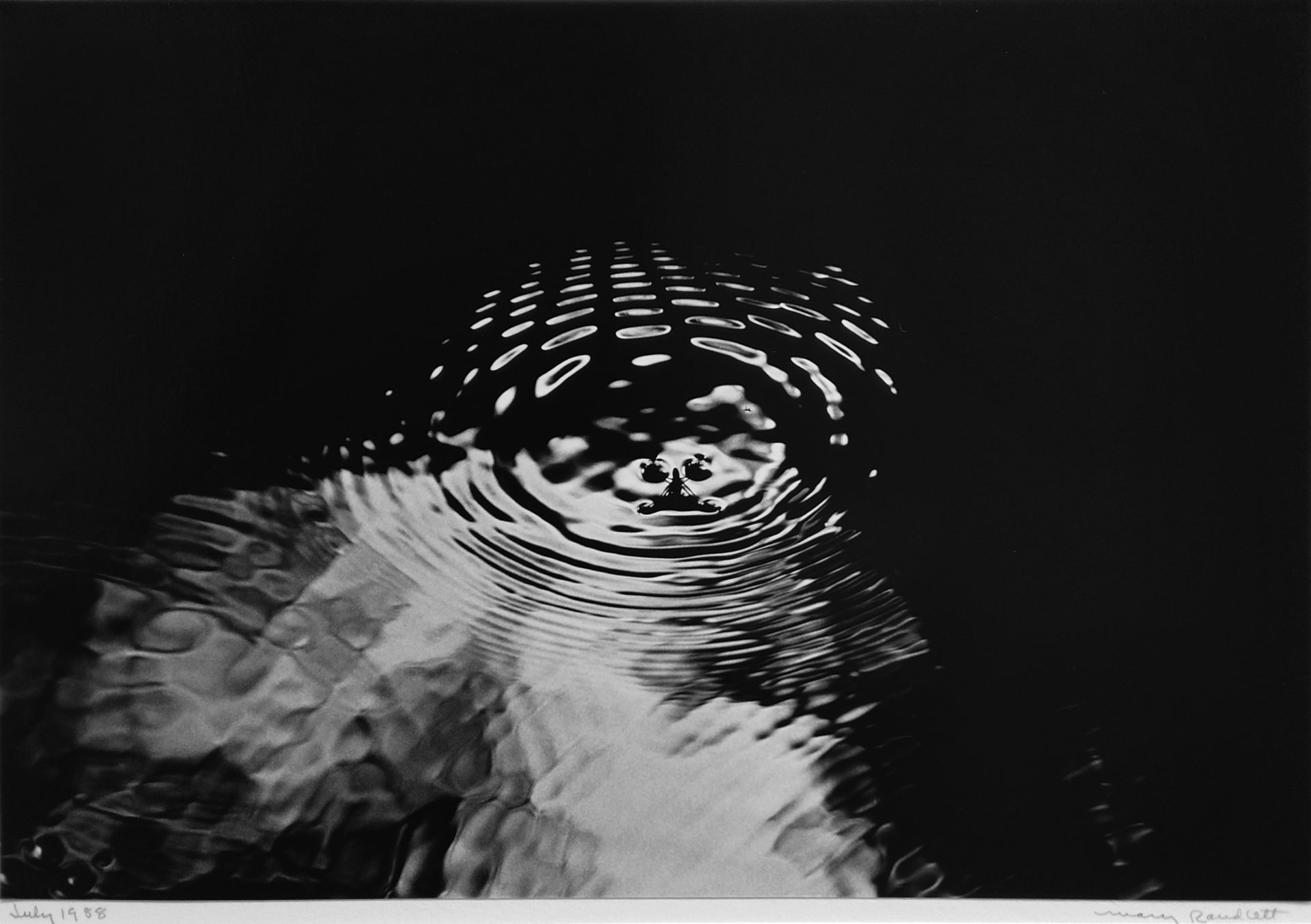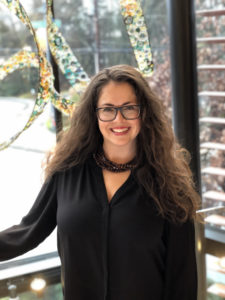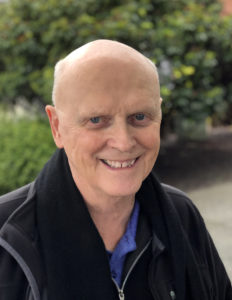
BIMA staff and board are sad to announce the passing of Steve Charles, an important and much-loved member of the BIMA family from the very beginning of the organization.
Steve Charles (Haida, Tlingit, and Tsimshian tribes) passed away December 7, 2018. Born in Ketchikan, Alaska on December 11, 1960, he grew up in Seattle and graduated from Ballard High School. He attended North Seattle Community College before finding his true calling as a visual arts curator.
Steve made an early and lasting impact promoting contemporary Indigenous artists, and their visions and concerns. He was Gallery Director and Curator of Sacred Circle Gallery of American Indian Art—at Daybreak Star in Seattle’s Discovery Park. He transitioned the gallery from its Pioneer Square location in the late 1980s, and ran it until 2002. He curated over 25 contemporary American Indian art exhibitions in many media—from traditional art forms to cutting-edge installation and video art.
Many artists have credited Steve with helping to establish or advance their careers. He was instrumental in fostering a critical and engaging forum for contemporary Native issues. His projects received many grants from prominent sources, including the National Endowment for the Arts. He also helped coordinate the annual Seafair Indian Days Pow-wow, and was the first member of his family to join Seattle Cape Fox Dancers (Steve often performed a Chief’s Headdress Dance). He was appointed to the King County Public Art Commission, as well as other regional arts groups and panels—from scholarships to public art projects.
Steve worked as Research Coordinator (2005-2006) and Outreach Coordinator (2006-2011) for Native People for Cancer Control, Center for Clinical and Epidemiological Research, University of Washington. He assisted with clinical and behavioral studies, and annual conferences. He applied his arts background in the development of cancer and health-related educational materials involving Indigenous artists, distributed to regional and national tribes and Native communities.
Steve volunteered on Ballard High School’s Art Committee, helping them to collect Indigenous art. He was the first curatorial volunteer at Bainbridge Island Museum of Art (BIMA) from 2010-2013, assisting his spouse, Greg Robinson, with exhibitions planning prior to BIMA’s opening in 2013. Steve and Greg enjoyed housesitting for over four years on Bainbridge Island, moving there in 2015. Steve continued to pursue their combined passions in art and antiques—working or volunteering, and always learning.
Steve Charles was preceded in death by his sister, Cindy Sue James; father Gerald Charles; and stepfather James C. Brown. He is survived by his mother, Carol Brown; sister Michelle Boxley (David A.); brother James C. Brown, Jr.; numerous aunts, uncles, nieces, nephews, and extended family; many friends, artists, and colleagues; and his partner/spouse of 22 years—Greg, and extended family.
A Celebration of Life will be held Saturday, April 27th, 3 PM, at Ballard Elks Lodge, Seaview Avenue NW. Remembrances to Ballard High School Foundation-Art Committee, PO Box 17626, Seattle, WA 98127; or Bainbridge Island Museum of Art-Indigenous Art Exhibitions Fund, 550 Winslow Way E., BI, WA 98110.










